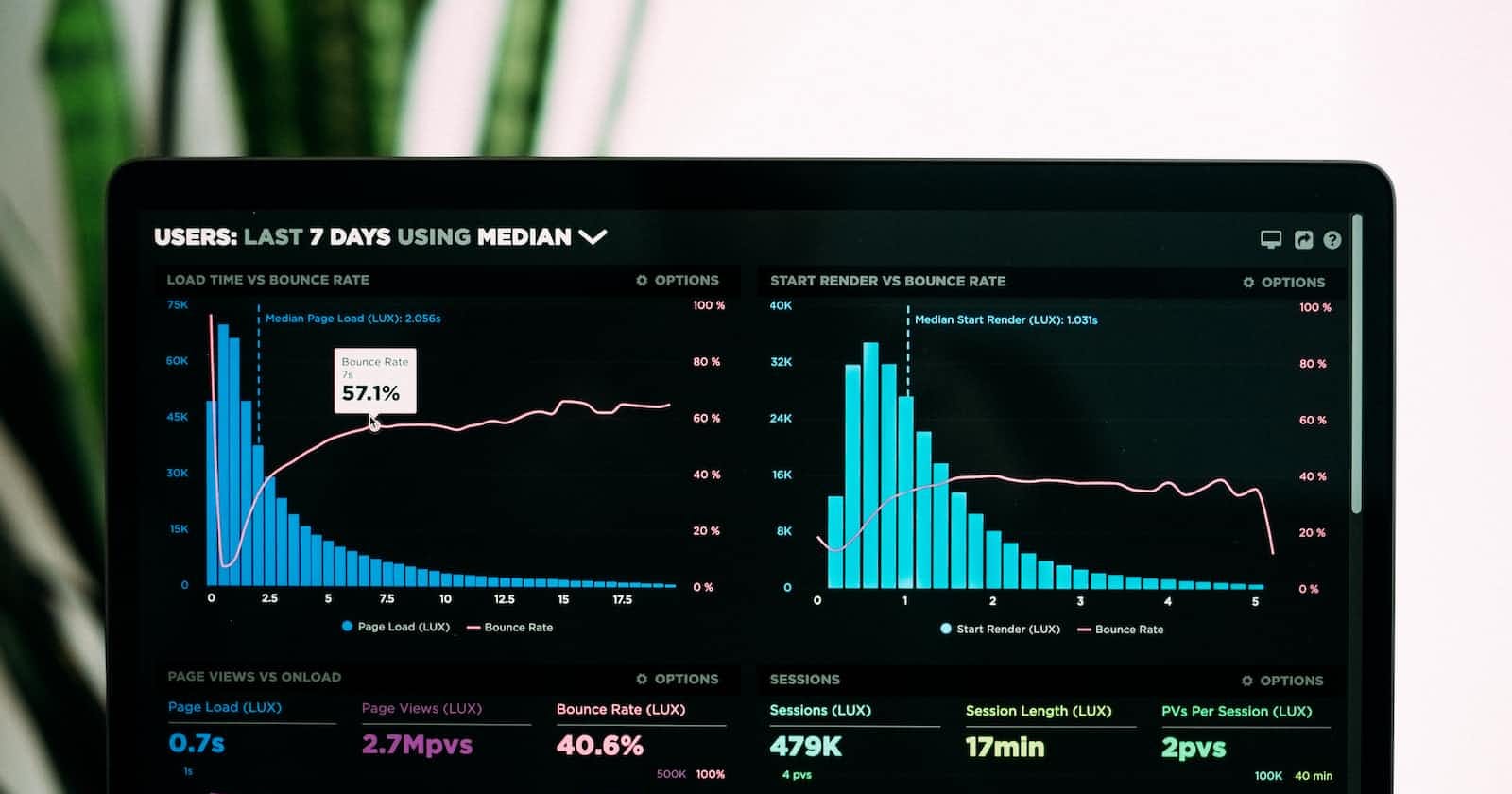
Photo by Luke Chesser on Unsplash
Web stack Monitoring Made Easy: Why you need to set up web stack monitoring
What is web stack monitoring?
When most people hear the word "monitoring", they know this to be when you are being watched or you are watching over something.
But in software engineering, web stack monitoring is simply when you pay constant attention or monitoring to a different component of your web stack such as web server, application server, database, and other services..
And the type of monitoring can range from collecting data from various performance metrics such as CPU usage, memory usage, network traffic, and disk space utilization, to monitoring the availability and response time of web services, applications, and databases. Depending on the needs and requirements of the organization, monitoring can be performed at various levels, including server-level, application-level, and user-level.
Why do we need to monitor?

Webstack monitoring is an important aspect of maintaining the health and performance of your system, application, or network. Always remember your application isn't perfect and there are times when you will experience failure may be due to high traffic or something else.
Here are 3 reasons why you should consider setting up web monitoring:
Preventing Security Breaches: Not only will you be able to detect some security issues, and you will also be able to detect flaws, potential security threats, and vulnerabilities before hackers have the chance to take advantage of them.
Performance Optimization: Monitoring can help identify bottlenecks, slow response times, and other performance issues that can impact user experience. By analyzing metrics such as response time, throughput, and resource utilization, you can optimize system performance and improve the user experience. For example, if a web page is taking too long to load, monitoring can help identify the cause of the issue and allow you to take corrective action to improve load times.
Improve Decision-Making: Monitoring provides you with valuable data and insights that can help you make informed decisions about resource allocation, capacity planning, and infrastructure investments. By tracking KPIs and analyzing trends, you can identify patterns and make data-driven decisions.
so when next you are thinking of building your next project or you already have an existing one, then you should always consider adding a monitoring tool such as datadog, this way, when your application is about to fail be it from the server, load balancer, database, etc you will be able to detect it early then fix it.
In my next post, I will be sharing with you how to set up a web monitoring tool like (datadog) into your web stack.

